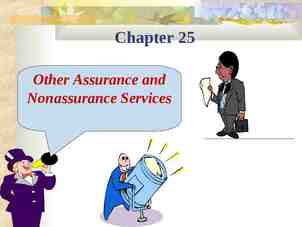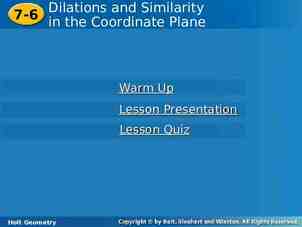Water and Sanitation in Emergencies
16 Slides7.57 MB

Water and Sanitation in Emergencies

Why focus on water and sanitation? Preventative Health

Common Diseases related to WatSan Diarrhoea (common, acute, bloody/mucus, cholera, typhoid) Bilharzia, Hepatitis, river blindness Worm infestations, scabies, other skin diseases, trachoma Malaria, Dengue, yellow fever Parasite infestations, bubonic plague, Hemorrhagic fevers Danger of contamination from medical waste Danger of contamination from dead bodies Water stress/civil unrest from lack of adequate & equitable distribution

Causes of Death in Emergencies (Worldwide) Diarrhoeal Diseases Trauma (Injury) Measles Malnutrition Malaria Acute Respiratory Infections (ARI)

Transmission of diarrhoeal diseases Water borne disease: cholera Hand-to-mouth disease: dysentery

Intervention Effectiveness of Hardware and Hygiene Interventions in Reducing Diarrhea Morbidity l sa o p Dis es a t ti cre acili x E F tity n a Qu r te Wa te Wa lity a u rQ g hin s wa d n Ha 0 10 20 30 40 Median reduction (%) Source: Esrey et al. 1991; Hutley et al. 1997.

How do We Prevent Diarrhoeal Disease? Primary sanitary barriers Toilets Hand-washing (critical times) Water treatment and water handling Food hygiene

Water Unsafe water kills 6,000 children every day (1/15 sec) 1 Billion people lack a basic water supply Only live 3 days without drinking water Lack of water supply denies all people of dignity, energy and time.

Sanitation & Hygiene 2.4 billion people or 2/5 of the world’s population Simple act of washing hands with soap and water can reduce diarrhoeal disease by 1/3 Hygiene related illness cost developing countries 5 billion working days per yr.

“WatSan” Sector Water Supply Sanitation Hygiene Promotion Vector Control Solid Waste Management Drainage

Water Supply

Sanitation

Health and hygiene Promotion

Vector Control

Solid Waste Management

Drainage






